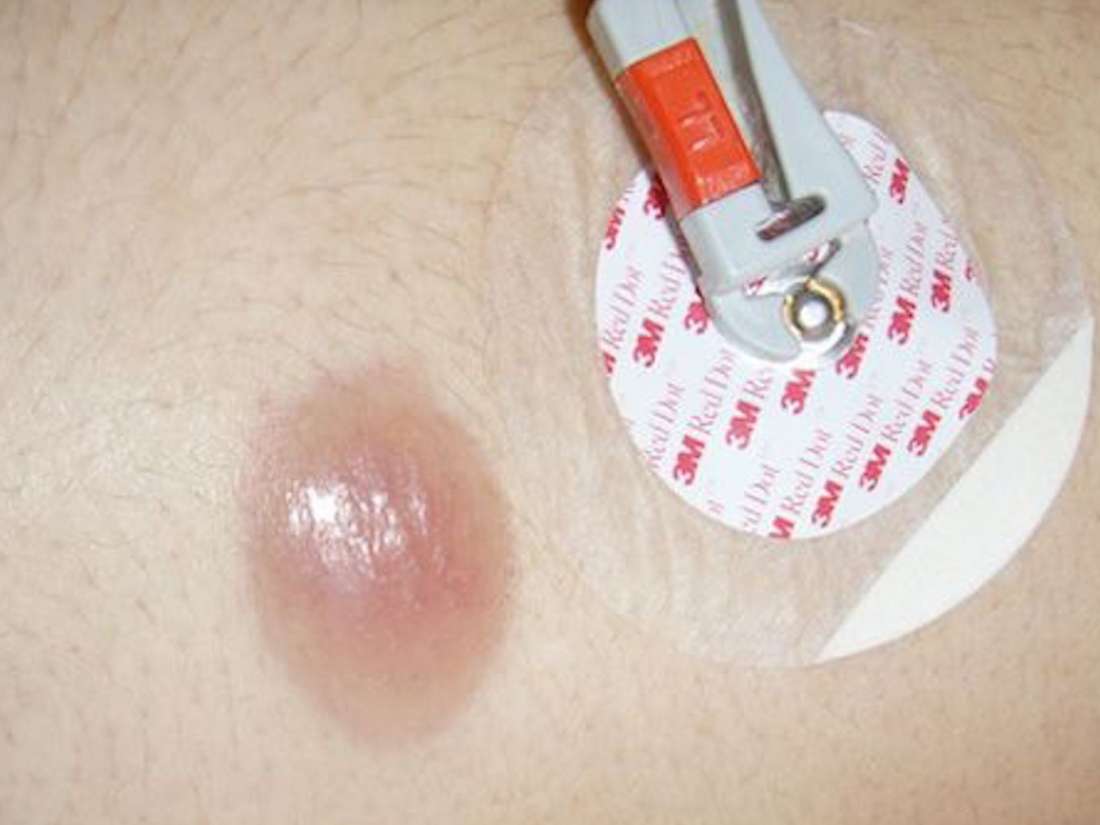
Leukemia impairs the development of white blood cells and causes them to stop functioning correctly. Unlike healthy cells, the affected cells do not die when they should. Instead, they continue spreading, eventually overcrowding the healthy cells in the blood.
In addition to a rash, leukemia can cause a range of symptoms, including:
- nausea
- fever
- flu-like symptoms
- frequent infections
- anemia
- bone pain
- fatigue
- unexpected weight loss
- poor blood clotting
Leukemia rash pictures
Leukemia can cause tiny blood vessels called capillaries to burst underneath the skin.
When leukemia progresses to a certain point, the multiplication of abnormal blood cells disrupts the production of platelets. As a result, there may not be enough platelets to block any burst capillaries, and blood can leak out into the skin.
This leakage can cause tiny red, purple, or brown spots called petechiae to emerge on the skin. Small collections of these petechiae can form, giving the appearance of a rash.
A method that people can use to distinguish petechiae from a rash is to press down on the affected area of skin using a finger or thumb. Petechiae will not change color, but a rash will turn white.
Other skin symptoms
Having an insufficient number of healthy blood cells can cause a range of other skin problems, including:
Easy bruising
People with leukemia are more susceptible to bruising, even from small knocks.
Without enough platelets in the blood, the body cannot prevent blood vessels from bleeding under the skin upon injury.
These bruises are not the same as petechiae and look like regular bruises.
Easy bleeding
In people with leukemia, abnormally large amounts of blood tend to escape from cuts and other skin wounds.
Even the smallest injuries can cause bleeding at the surface of the skin. Again, this is due to the lack of platelets available to form a blockage and stop blood escaping from the wound.
Pale skin
People with leukemia can also develop anemia.
Anemia is a condition in which a person has an abnormally low red blood cell count, which can cause the skin to appear pale.
Red blood cells contain a protein called hemoglobin, which carries oxygen from the lungs to the rest of the body. A reduction in hemoglobin lowers the amount of oxygen circulating in the body, which can have severe effects.
The main symptom of anemia is chronic fatigue, but this condition can also cause:
When to see a doctor
Rashes and other skin problems are widespread and often no cause for concern. However, people with more persistent rashes that may be petechiae should see a doctor immediately as identifying the cause of the rash is crucial.
A range of conditions other than leukemia can cause petechiae. It is vital for a doctor to examine the skin and determine the severity of the condition.
Learn more about other possible causes of skin rashes.
Takeaway
Some people may always bruise or bleed more easily than others as a result of genetic factors. However, anyone who notices that they have started bruising or bleeding more easily than they did previously should see a doctor. These symptoms may signify a medical condition, such as leukemia.
As with any cancer, the early detection of leukemia is crucial to the success of treatment. There will be an estimated 60,300 new cases of leukemia in the United States in 2018.
The relatively high incidence of this disease means that it is necessary for people to be cautious and discuss any doubts or uncertainties with a doctor.
